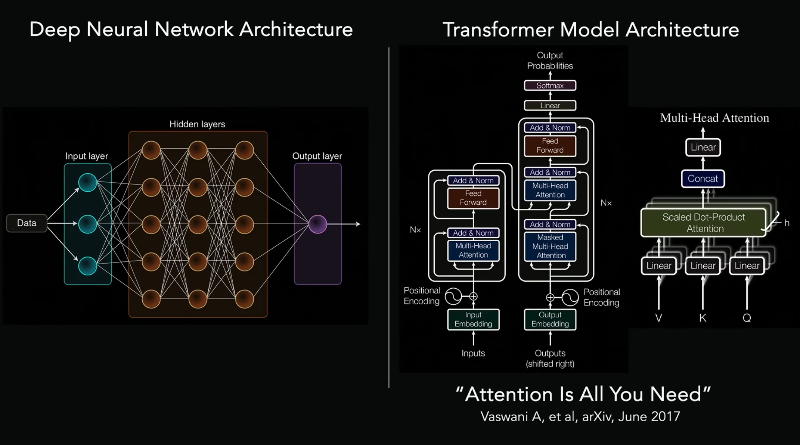Credit: Unsplash/CC0 Public Domain
Obesity rates in children have been on the rise for decades, having quadrupled from 1990 to 2022, and along with the rise in obesity, comes a rise in health risks. However, obesity can be broken down further into categories based on severity.
In children, obesity is defined as having a body mass index (BMI) above 95% of kids of a similar age and sex. This differs from the way adult obesity is defined, which uses a simple BMI number of 30 or higher. Currently, childhood obesity is separated into three categories defined by BMI, with class 1 at or above the 95th percentile, class 2 at 120% to 140% and class 3 (severe obesity) at 140% or higher of the 95th percentile.
A new study from researchers at the University of California San Diego, published in the JAMA Network Open, suggests breaking up these categories even further by adding a class 4 and 5, defined as a BMI from 160% to 180% of 95th percentile and a BMI over 180% of 95th percentile, respectively. This further refinement seeks to differentiate the health risks involved with these "extremely severe" categories of obesity.
The study highlights how the health risks of children at these levels of obesity become increasingly dangerous when compared to children in lower obesity classes or to children with healthy weights.
Prevalence of pediatric obesity from 2008 to 2023 among 25, 847 individuals. Credit: JAMA Network Open (2025). DOI: 10.1001/jamanetworkopen.2025.21170
The researchers analyzed data taken from 25, 847 participants of the National Health and Nutrition Examination Survey (NHANES), which was taken from 2008 to 2023. They found a startling increase of 253% in the prevalence of extremely severe obesity in children from 2008 to 2023. In addition, all other categories of obesity increased over this time period, although at lower rates. They found the increase was particularly dramatic in adolescents from the ages of 16 to 18 and in non-Hispanic black children.
The analysis of health complications in these children revealed an increased risk of multiple diseases with increasing classes of obesity. In particular, diabetes, prediabetes, metabolic disease—which is associated with increased risk of heart disease and stroke—and liver diseases were common.
Insulin resistance, a precursor to many of these health problems, was found in 100% of the class 4 and 5 participants, compared to 81% in classes 1–3 and 27% in those without obesity. Across the board, all diseases were more prevalent in higher classes of obesity than in lower classes and the lower classes of obesity were associated with increased risk compared to healthy BMI risks.
These childhood health problems increase the burden, not only on the children themselves, but on their families and the public health system. These complications, if not treated, often lead to additional risks, such as the risk of cirrhosis and liver cancer or heart disease. The costs associated with treating these diseases also create a huge burden on many families in the United States.
The study authors point to the need for action on this increasingly severe problem, saying, "The findings of this study with over 25, 800 participants provide robust evidence supporting extremely severe obesity specifically as a public health emergency. The association with metabolic and cardiovascular complications necessitates urgent public health action, such as early prevention, targeted education, and the mobilization of resources."
Written for you by our author Krystal Kasal, edited by Lisa Lock, and fact-checked and reviewed by Andrew Zinin—this article is the result of careful human work. We rely on readers like you to keep independent science journalism alive. If this reporting matters to you, please consider a donation (especially monthly). You'll get an ad-free account as a thank-you.
More information: Eliane Münte et al, Prevalence of Extremely Severe Obesity and Metabolic Dysfunction Among US Children and Adolescents, JAMA Network Open (2025). DOI: 10.1001/jamanetworkopen.2025.21170 Journal information: JAMA Network Open
© 2025 Science X Network





Post comments